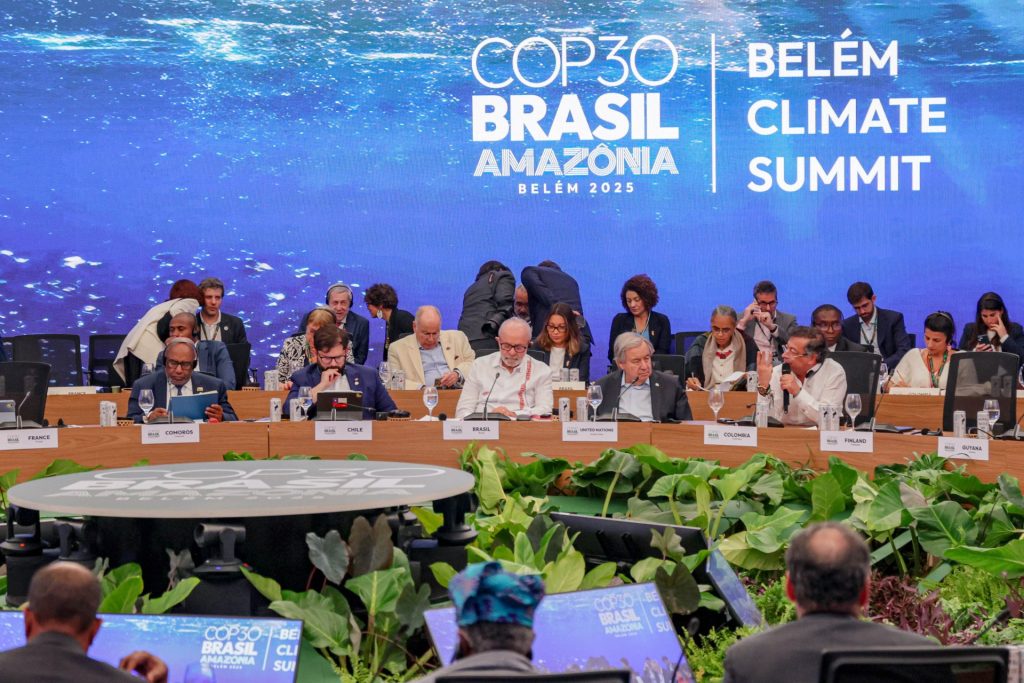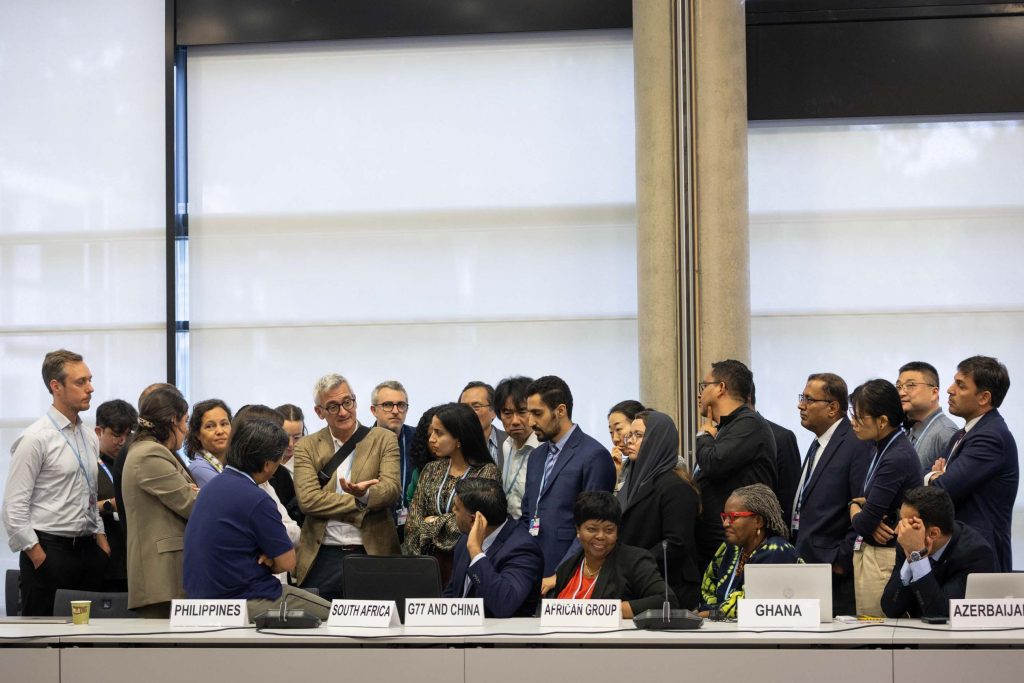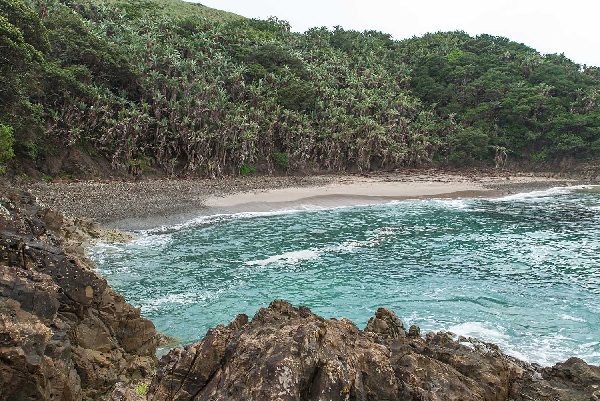While countries are still very far apart on the details of the proposed new climate finance goal under the Paris Agreement, they were able to coalesce around the main elements it should address. Agreement on the framework, albeit not the substance, of the goal emerged at a meeting of the Ad Hoc Work Programme on the new climate finance goal, that met in late April in Cartagena, Colombia. The new goal is anticipated to be the centrepiece of this year’s climate negotiations at COP29 in Baku, Azerbaijan, where countries will agree to a new target to replace the US$100 billion/year goal that was set more than a decade ago.
In terms of the details, so far all that has been agreed is that USD$100 billion will be a floor amount, but a lot more is anticipated for the new goal. Instead of just a number, countries are looking to reach agreement on a variety of substantive elements of the goal that would seek to overcome some of the challenges and ambiguities that currently plague recipients. It is the task of the Work Group to flesh out the details this year.
At COP28 it was agreed that the group would work on a draft text for consideration and adoption at COP29 this year, and the meeting in Colombia kicked off this process with a “non-paper” in which a very loose structure for the text underpinning the goal was proposed and generally supported. The points to be agreed and the outline of the text were broadly grouped into four issues. The first is the quantitative elements, notably the timeframes in which finance will be provided and the amount, how it is structured, its sources, contributors and recipients. This is likely to be the most contentious element of the goal given how far countries are apart on all of these aspects. The second is about its thematic scope, for instance how it links to any subgoals that might be agreed to. For example, if countries agree that a specific percentage of the finance should go towards adaptation, or towards loss and damage, or how the finance goal might link in with other workstreams, such as the Global Goal on Adaptation and the Global Stocktake. The third issue centres around broader qualitative aspects of the goal, for example policy expectations of countries that receive finance, whether they should reduce their fossil fuel subsidies or create enabling environments that support climate investment, debt sustainability, credit rating systems, the cost of finance, and reforming the global financial architecture. Lastly countries will be discussing transparency, and how they will monitor and track the finance that is given.
Although there was broad agreement on these topics, at the meeting, divergences arose on the detail of almost all these points. One of the more contentious and long standing issues is which parties should contribute. The EU supports bringing in a “wide array of actors”, including MDBs and IFIs, the private sector and philanthropies, drawing from a pool of sources of finance, such as private finance and “South-South flows”. They mooted G20 membership and OECD membership as further possible considerations for ranking a country as a contributor. Other developed countries echoed this, underscoring that capacity to pay, Gross Domestic Product (GDP) and Gross National Income (GNI), as opposed to developed country status, was paramount. Developing countries, such as the Like Minded Developing Countries (LMDC) group, which includes China and India, Indonesia, Iran and Saudi Arabia argued for funds to be derived from developed countries, and in particular exclude the domestic resources of developing countries, a position also echoed by the African Group of Negotiators (AGN).
Adding to general disease in the room, and somewhat shockingly, the United States took some liberal and legally questionable interpretive swings at the Paris Agreement, positioning that it was merely a “voluntary” goal for those who “choose to pay”. Their argument gaslit Article 9, and simply postulated that the language in the Agreement around finance was not mandatory. The position is unsurprising, however, given that the US has not materially contributed climate finance over the past decade. To date, it has not pledged anything to the Green Climate Fund’s latest replenishment round, nor did it do so in 2019 and it only ever delivered two thirds of its 2014 pledge.
Linked to this, and reflective of their desire to see private actors step into the fray, developed countries were looking to see a multi-layered “investment goal” agreed to, underpinned by different elements on how to achieve the goal. By comparison, developing countries are looking for a more simple target made up of public finance, reflective of Article 9 of the Paris Agreement which places the onus only on developed countries to provide finance. This hearkens back to a long running dispute between the global North and South about whether the mandate to provide finance is driven by the need to make all finance flows from all sectors of society consistent with the Paris Agreement (an interpretation of Article 2(1)(c), or whether it is purely a mandate driven by a duty for developed countries to provide finance (Article 9). African countries stand firmly by the latter, and pointed out that the private sector was in any event unwilling to invest in risky markets, and was shying away from financing adaptation and loss and damage. What was needed was highly concessional public finance and grants from developed countries.
On timing, developing countries want to see the goal revised on a regular basis, whilst developed countries said they were unwilling to revise but would agree to a “check in”. For instance, African countries are looking for a shorter time horizon of five years that links in with NDC cycles, whilst the EU is looking at a longer horizon of 10 years, during which much can change. A longer time frame brings about more certainty and stability but risks the amount becoming static and out of touch with changing circumstances.
A lot of work still needs to be done to arrive at consensus around the final amount of the target. For example, LMDC countries argued for at least US$1 trillion to be provided each year as a floor amount, which must accommodate “evolving needs” over time, including loss and damage, and be a cumulation of short term annual financial targets and longer term targets that can accommodate shortfalls accruing from previous years. African countries, while not putting forward a specific number, maintained their position that the goal should not be a top-down target. Instead it should be based on the needs and priorities of developing countries, and in particular must be sufficient to finance the evolving needs of NDCs and Adaptation Plans. Motivating this position, they pointed out that developing countries are already paying 5% of their GDP for domestic adaptation and loss and damage, and that several reports have concluded at least US$300 billion is needed for adaptation alone. Underscoring the inequity of financing wars but not climate change, the Egyptian spokesperson for Africa said: it is not a question of a shortage of finance, but a shortage of political will.
When it came to reforming the qualitative environment around the provision of finance, the Egyptian representative for Africa said that despite their constraints, developing countries have gone beyond their national capacities thinking that the finance will flow. However, they feel punished by the global system, with the Carbon Border Adjustment Mechanism (CBAM) singled out as being a ”punishment process”. They are also being punished by credit rating agencies and unsustainable debt. For this reason they motivate for the exclusion of market rate loans from the target, the reform of the financial system, and the need for transparency to ensure that the money that is provided is in fact new and not recycled or repackaged development assistance.
Disputes also arose around whether to include Loss and Damage within the target as a sub-theme. The EU is firmly against it, with Switzerland fretting that this would open up legal liability. But this is no different from the bloc’s position last year. At COP28, developed countries successfully argued down text that would commit them any loss and damage finance target, and it looks like we are in for a similar debate with the new finance goal. In fact a lot about this year’s deliberations feels like the discussions that were held last year on the loss and damage fund, and we know that did not end particularly well for developing countries, at least when it came to the terms and design for the fund.
The next meeting of the Ad Hoc Working Group for the new finance target will take place between 5-11 June in Bonn.





